Selected Topics in Mathematics
Data is displayed for academic year: 2023./2024.
Lecturers
Lectures
Course Description
The subject qualifies stuents in deeper understanding of fundamental modern mathematical structures in the area of discrete mathematics, combinatorics, algorithm analysis, probability, numerical mathematics and mathematical modelling.
Study Programmes
University undergraduate
[FER3-HR] Computing - study
Courses for exceptionally successful students
(4. semester)
(6. semester)
Courses for exceptionally successful students
(4. semester)
(6. semester)
Forms of Teaching
Lectures
4 hours of lectures a week. The lecturer is going to follow the lecture materials.
Independent assignmentsEach student will get a project in one of the three major areas: discrete mathematics, probability or mathematical modelling. The project includes analysis of a problem, studying as well as solving it using the computer.
Grading Method
| Continuous Assessment | Exam | |||||
|---|---|---|---|---|---|---|
| Type | Threshold | Percent of Grade | Threshold | Percent of Grade | ||
| Seminar/Project | 0 % | 25 % | 0 % | 25 % | ||
| Mid Term Exam: Written | 0 % | 25 % | 0 % | |||
| 2. Mid Term Exam: Written | 0 % | 25 % | 0 % | |||
| Final Exam: Written | 0 % | 25 % | ||||
| Exam: Written | 0 % | 75 % | ||||
Week by Week Schedule
- Introduction to the main topics and challenges. Student project presentations. Generation of all subsets of a given set. Different lexicographical orderings.
- Generation of all k-subsets, all functions, injective and surjective functions. Adding constraints and software solutions.
- Permutations. The successor function. Permutations without fixed elements. Integer partitions.
- Bell's numbers. Stirling numbers. Software solutions. Combinatorial designs.
- Introduction to mathematical modelling. Weak formulation of a mathematical model. Introduction to the finite element method.
- Implementation of the finite element method for the 1D problem. Methods of solving linear systems.
- Finite element method for a two-dimensional Poisson problem. GMSH and non-trivial domains.
- Midterm exam
- Weak formulation and finite element solvers for several models from practice.
- Parameter tables for designs. Construction strategies. Difference sets. Introduction to Monte Carlo simulations.
- Introduction to Markov chains. Transition probability matrix. Chapman-Kolmogorov Equations.
- Simulation of Markov chains. Classification of States.
- Limiting distribution. Stationary distribution. Ergodic theorem.
- Project work and presentation.
- Final exam
Literature
For students
General
ID 214698
Summer semester
6 ECTS
L0 English Level
L1 e-Learning
60 Lectures
0 Seminar
0 Exercises
0 Laboratory exercises
0 Project laboratory
0 Physical education excercises
Grading System
85 Excellent
70 Very Good
55 Good
45 Sufficient


 Pristupačnost
Pristupačnost

